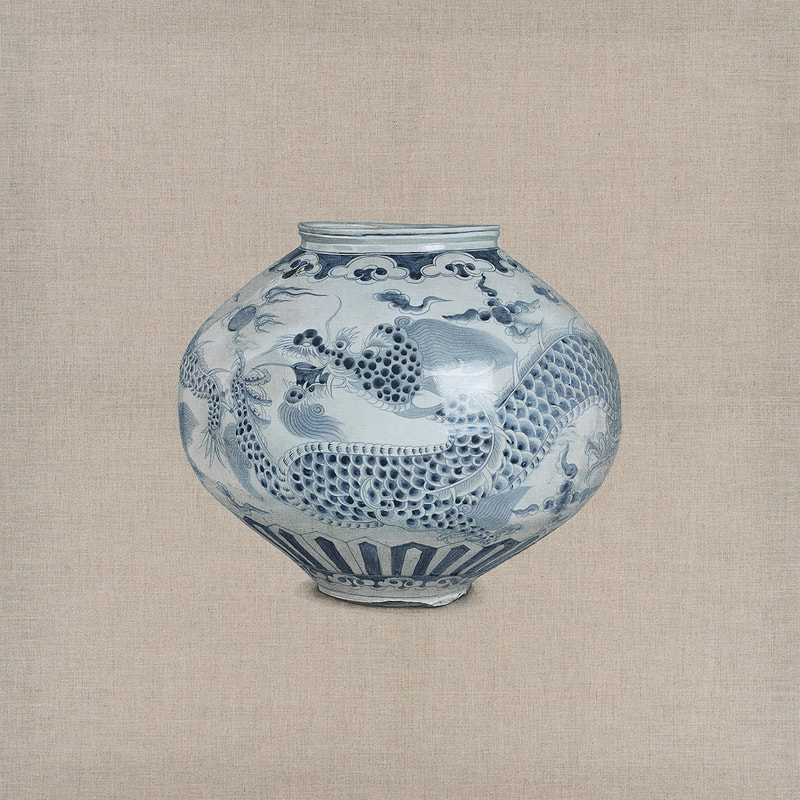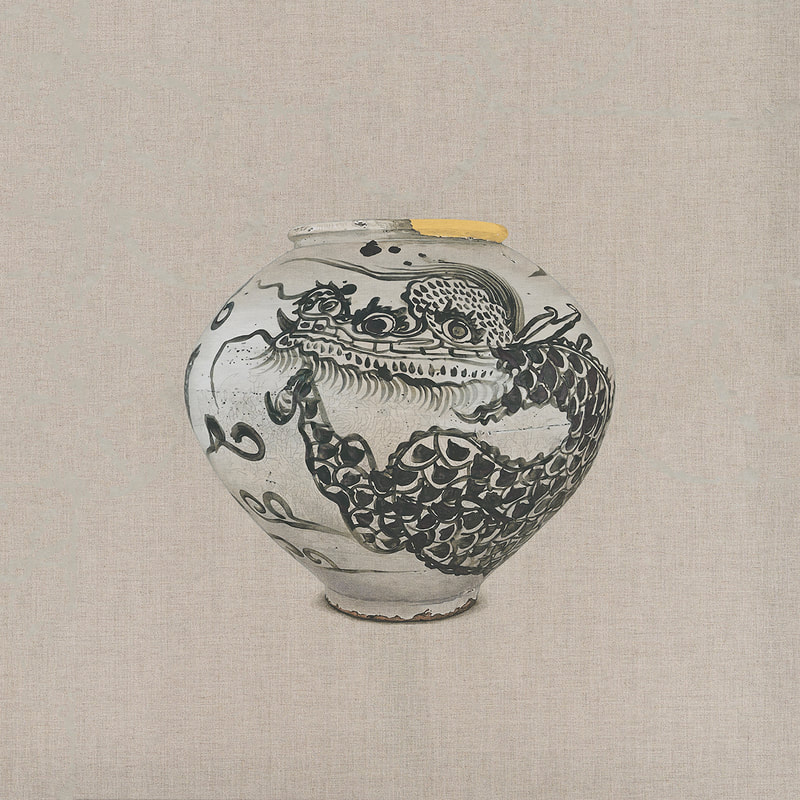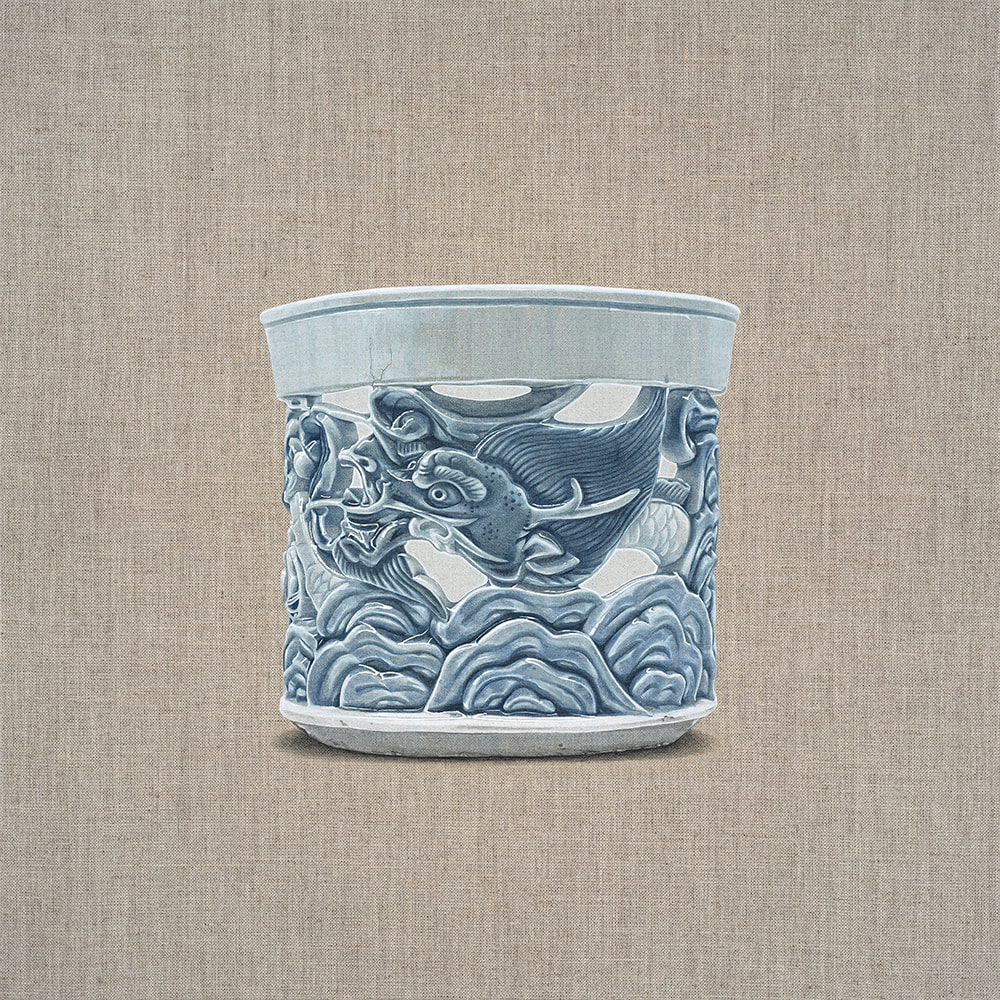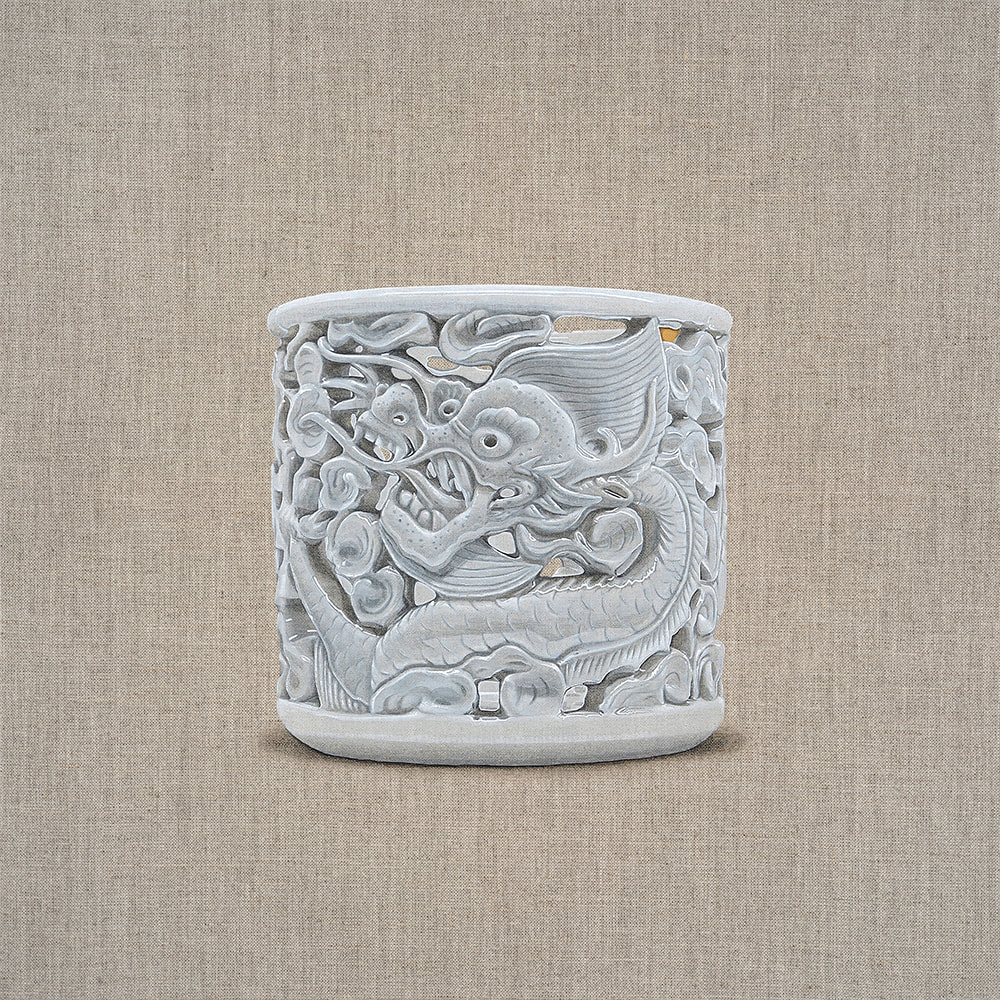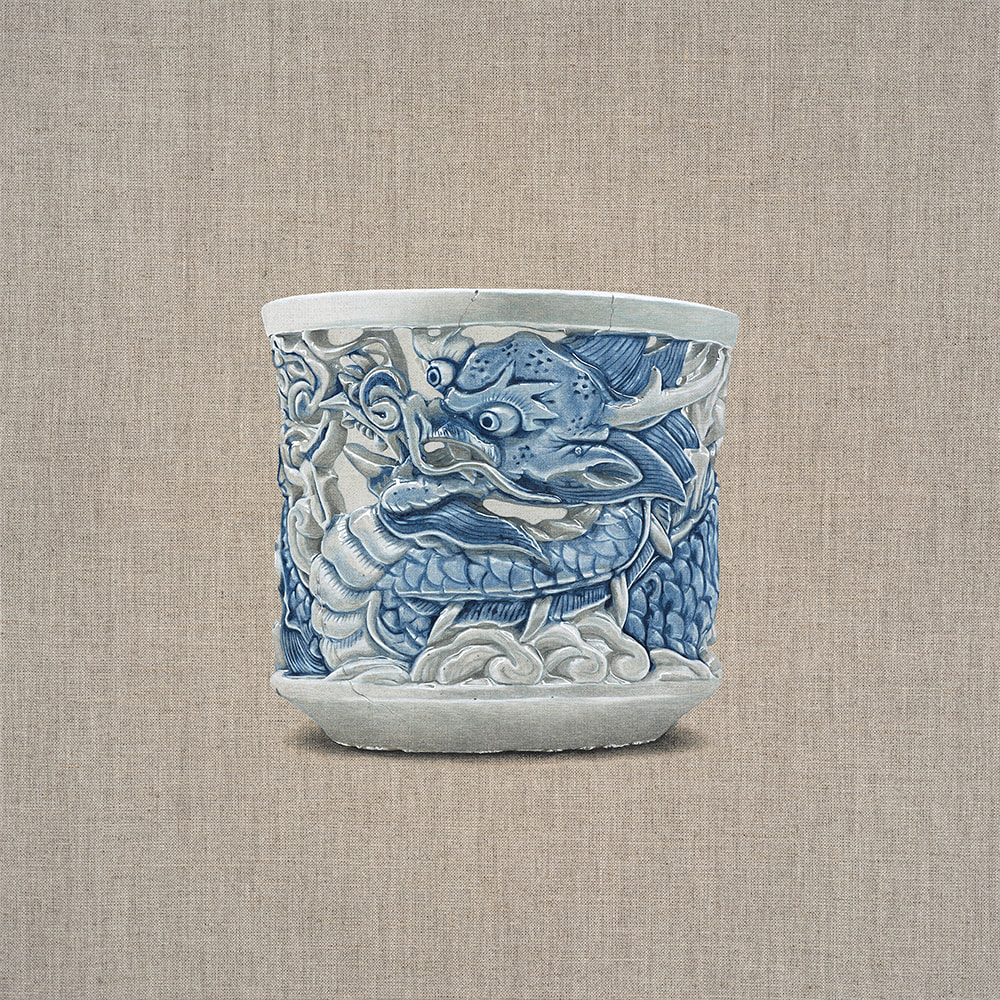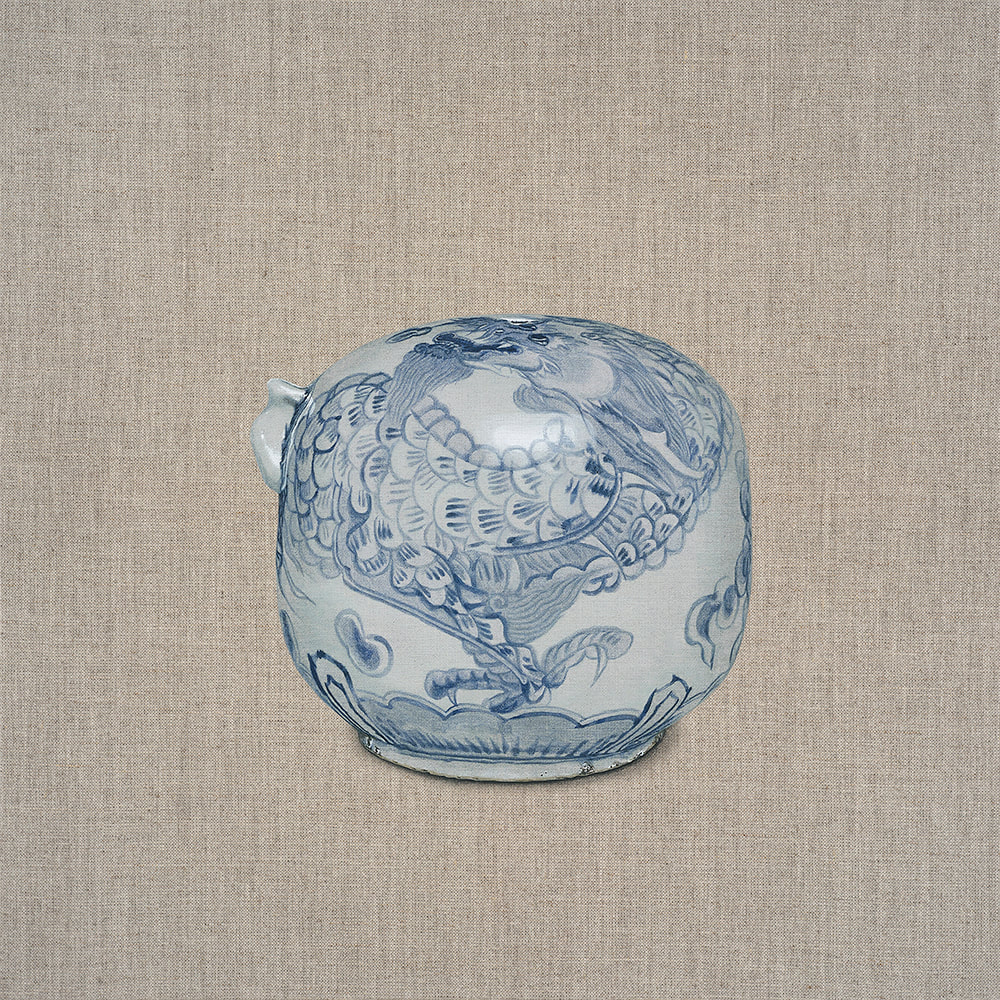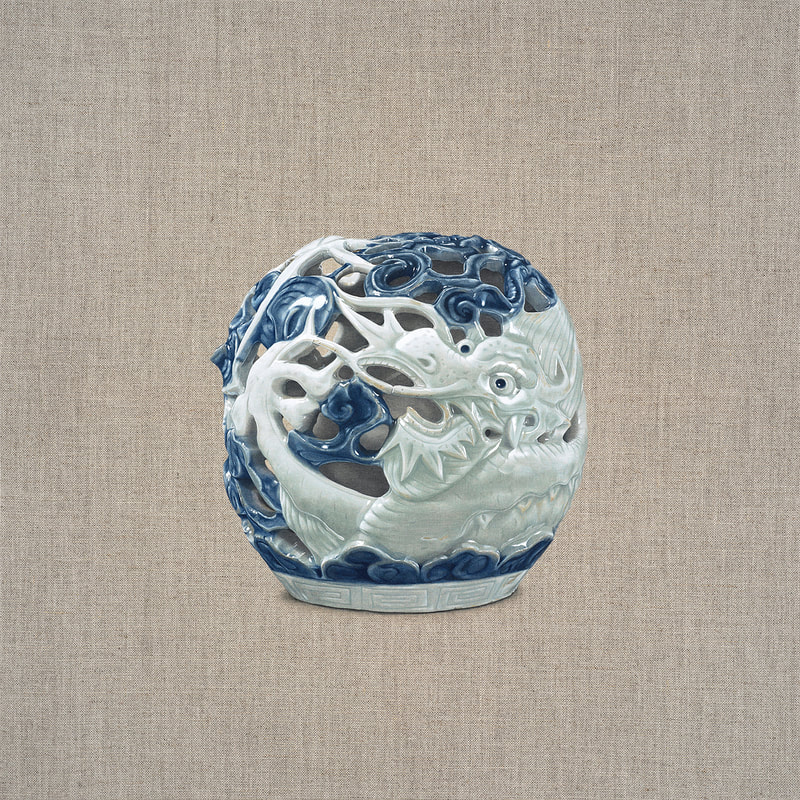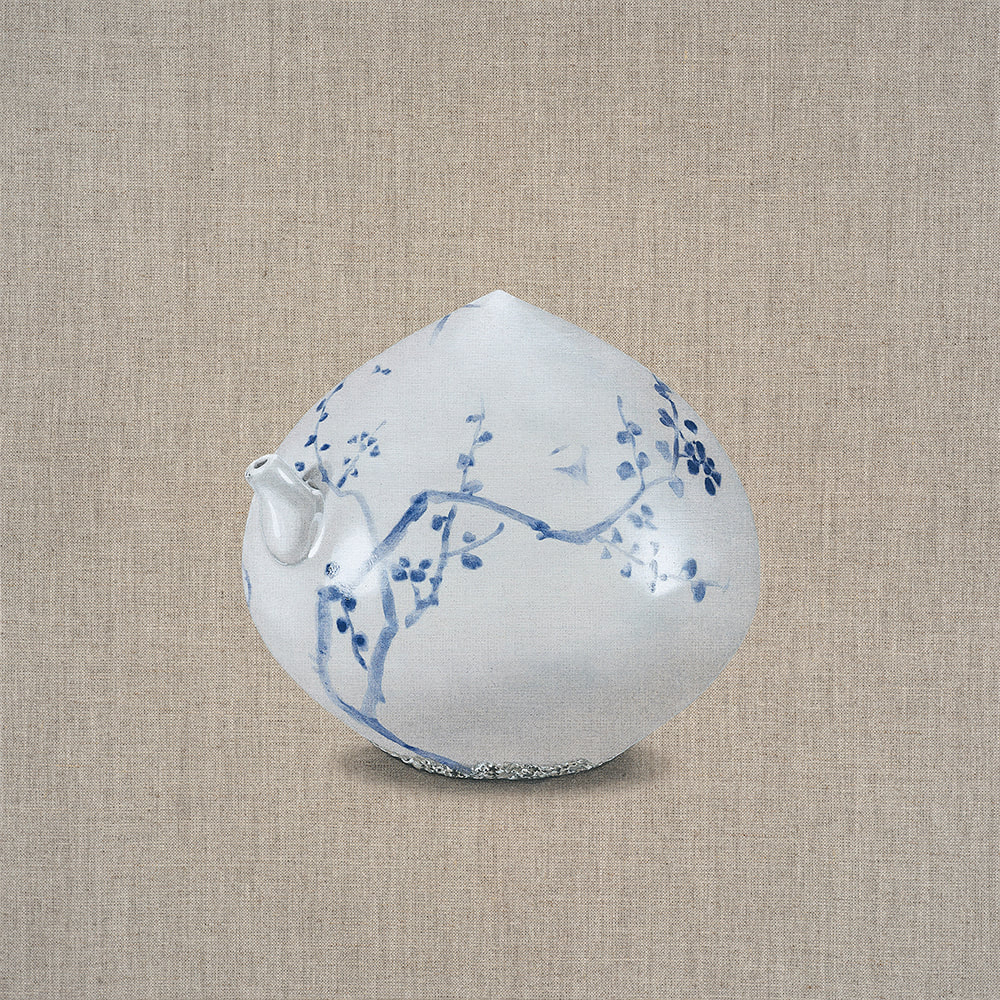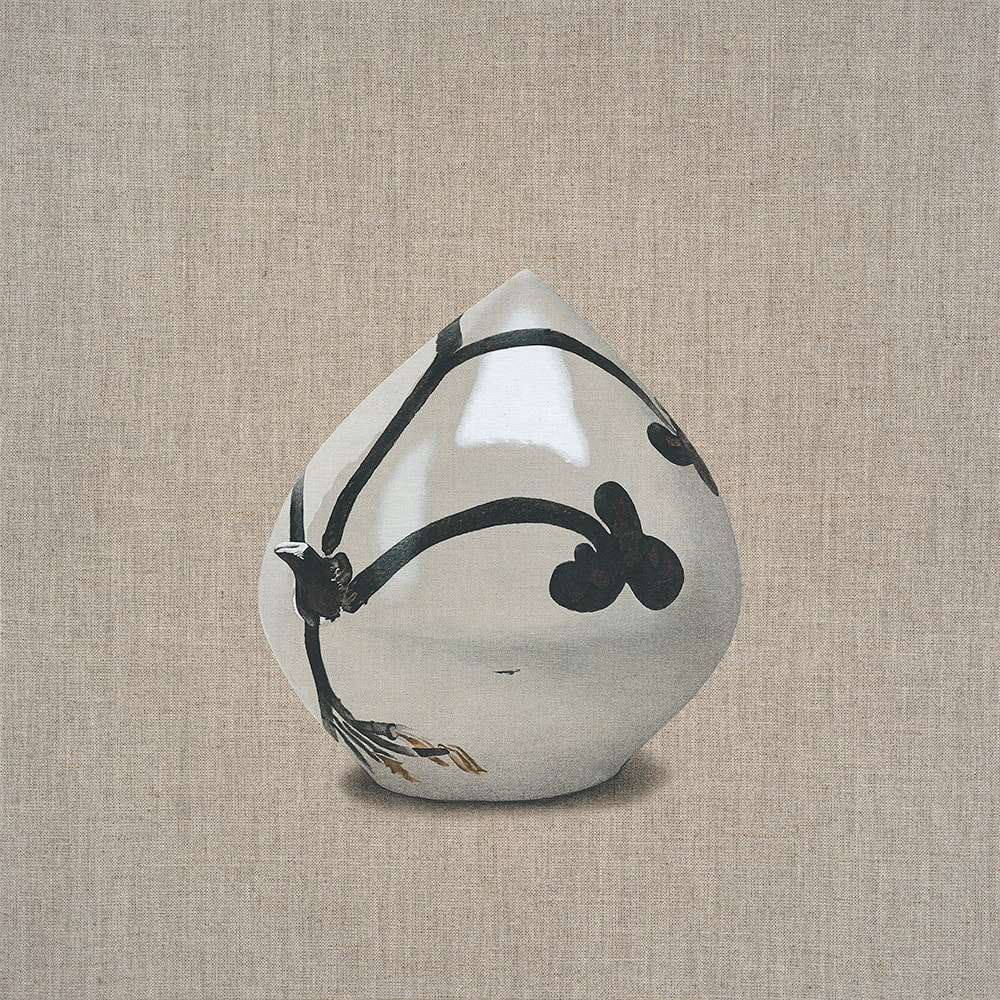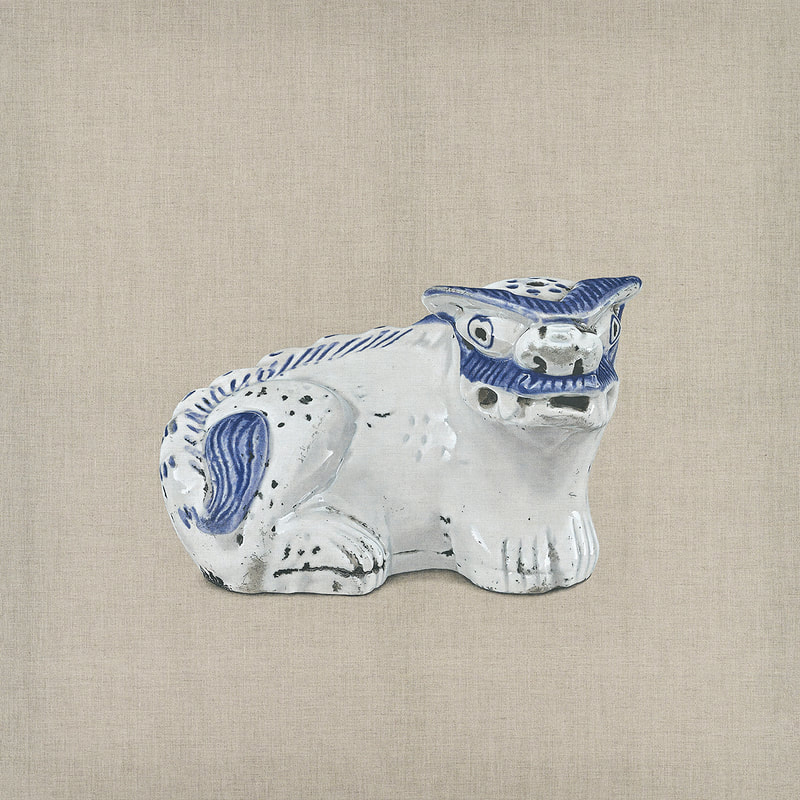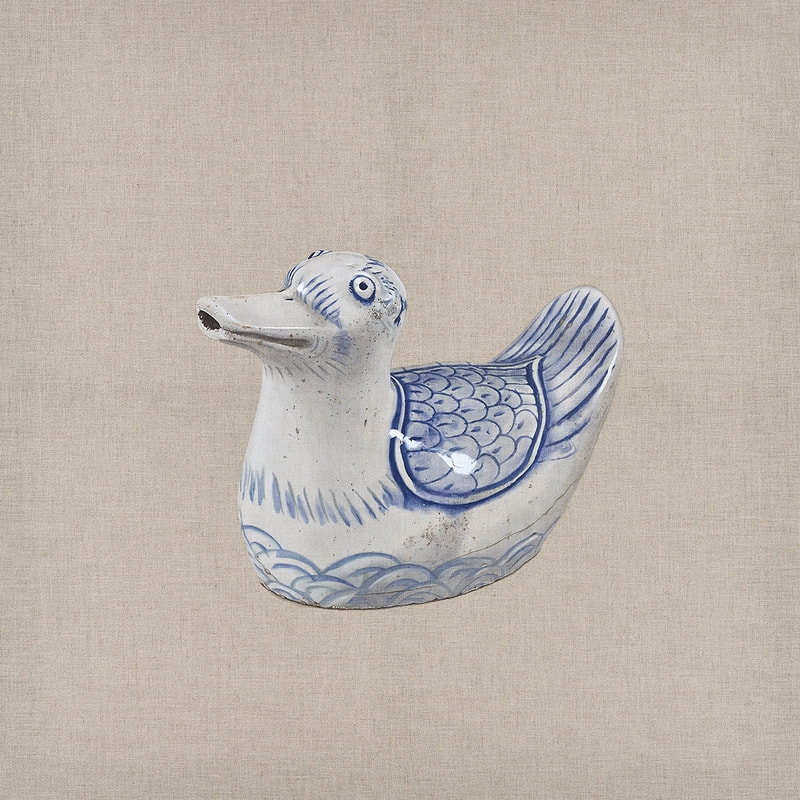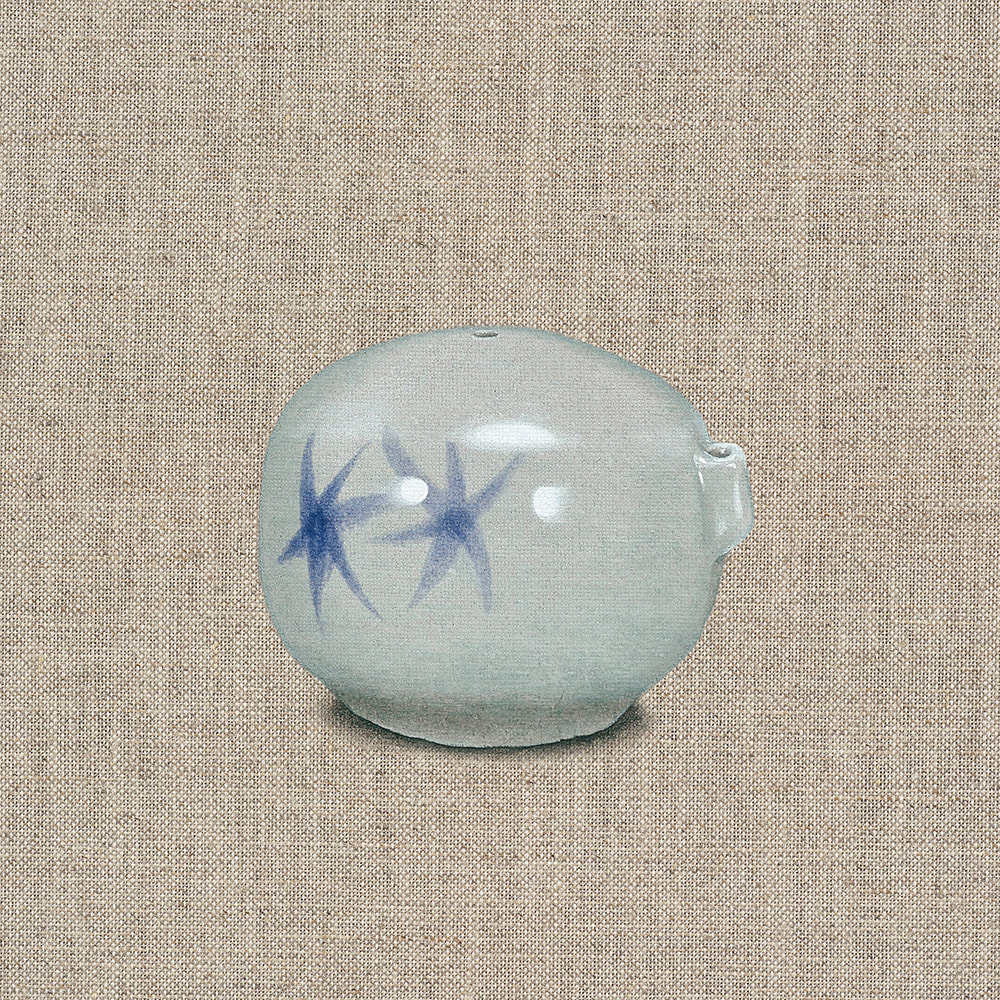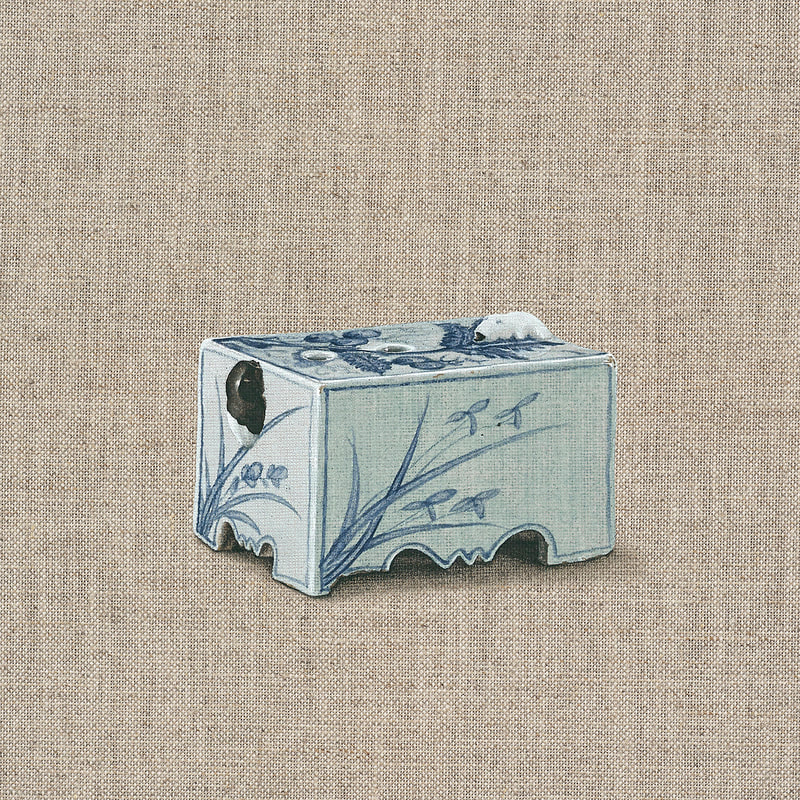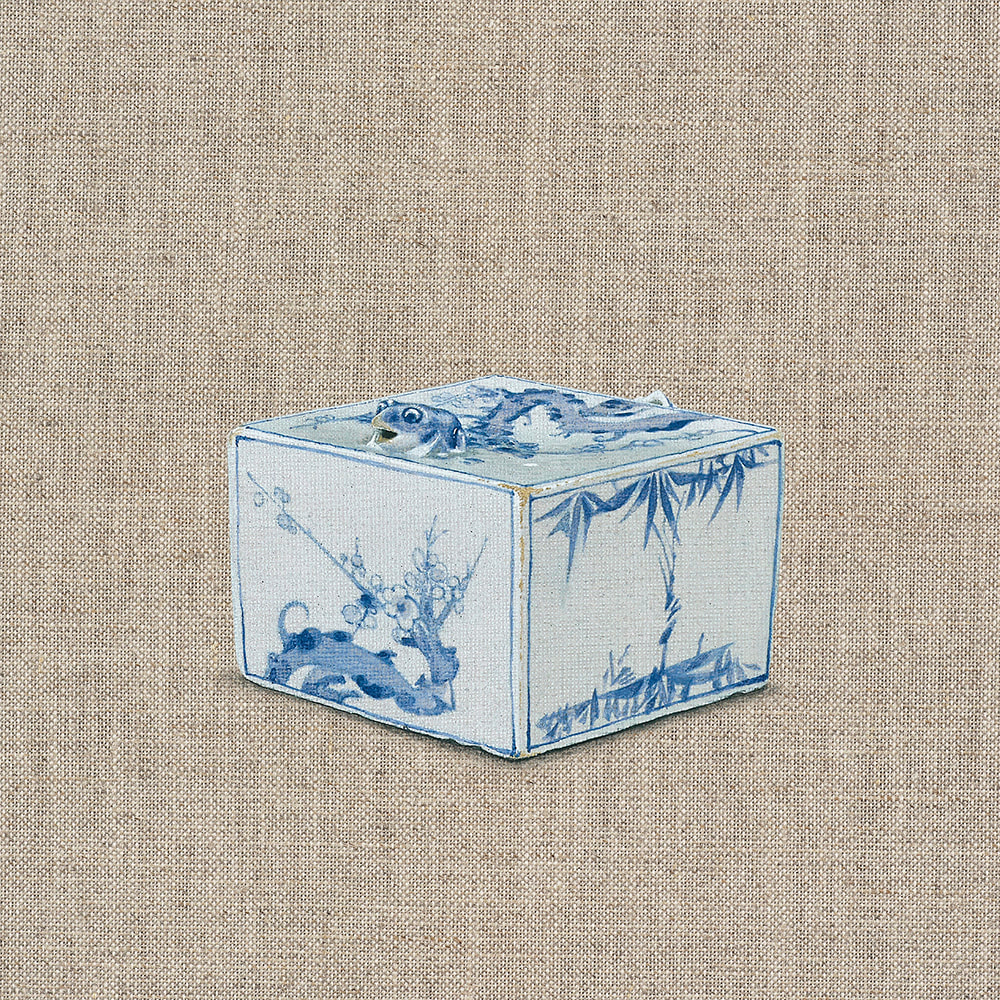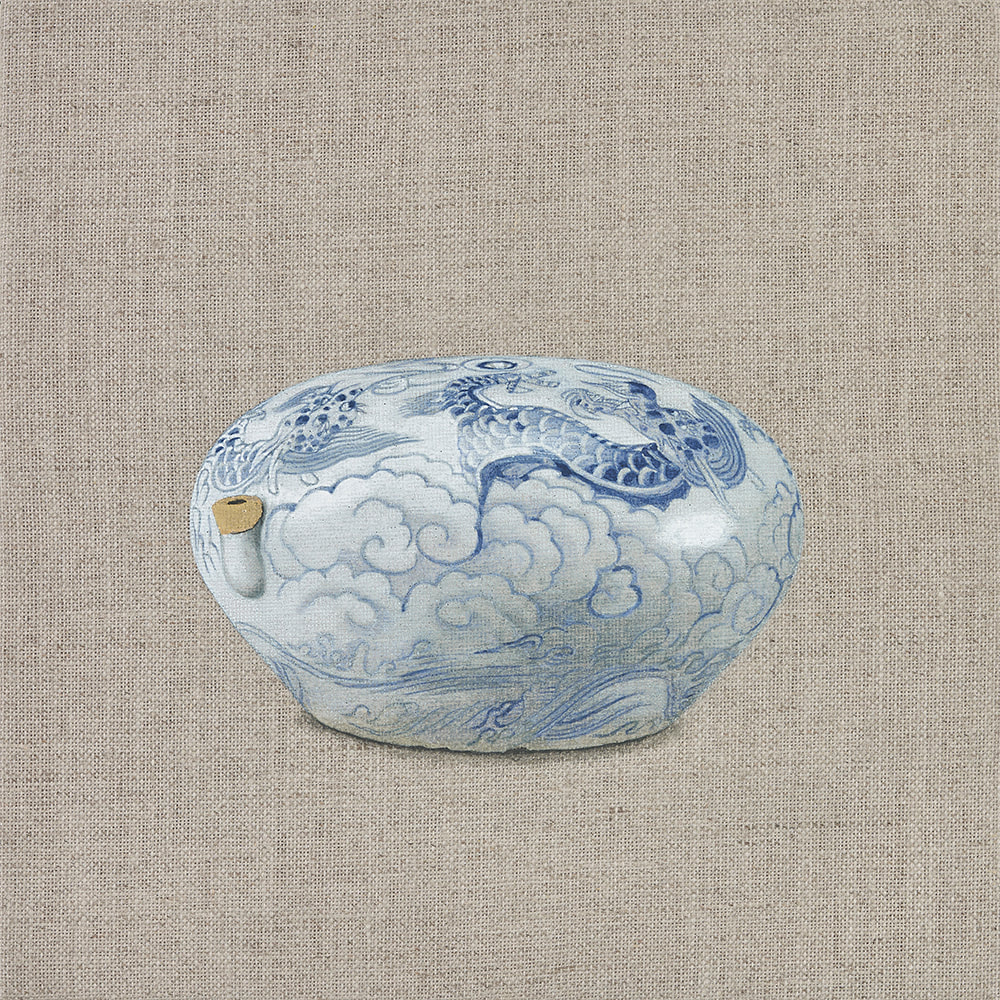청운 靑雲 Cheong Un
허승희 Huh Seong Hee
허승희 Huh Seong Hee
허승희, 청운
Huh Seong Hee, Cheong Un (Successful Life),
2023, color on linen, 120x120cm
Huh Seong Hee, Cheong Un (Successful Life),
2023, color on linen, 120x120cm
허승희, 풍운
Huh Seong Hee, Great Ambition,
2023, color on linen, 120x120cm
Huh Seong Hee, Great Ambition,
2023, color on linen, 120x120cm
L. 허승희, 청풍
Huh Seong Hee, Fresh Breeze,
2024, color on linen, 60x60cm
R. 허승희, 훈풍
Huh Seong Hee, Warm Breeze,
2024, color on linen, 60x60cm
Huh Seong Hee, Fresh Breeze,
2024, color on linen, 60x60cm
R. 허승희, 훈풍
Huh Seong Hee, Warm Breeze,
2024, color on linen, 60x60cm
L. 허승희, 청명
Huh Seong Hee, Bright Sight,
2024, color on linen, 60x60cm
R. 허승희, 대운
Huh Seong Hee, Great Fortune,
2023, color on linen, 60x60cm
Huh Seong Hee, Bright Sight,
2024, color on linen, 60x60cm
R. 허승희, 대운
Huh Seong Hee, Great Fortune,
2023, color on linen, 60x60cm
허승희, 길조
Huh Seong Hee, Good Sign,
2024, color on linen, 120x120cm
Huh Seong Hee, Good Sign,
2024, color on linen, 120x120cm
R. 허승희, 화합
Huh Seong Hee, Harmony,
2023, color on linen, 60x60cm
L. 허승희, 우아
Huh Seong Hee, Elegant,
2023, color on linen, 60x60cm
Huh Seong Hee, Harmony,
2023, color on linen, 60x60cm
L. 허승희, 우아
Huh Seong Hee, Elegant,
2023, color on linen, 60x60cm
허승희, 수문장
Huh Seong Hee, Gate Keeper,
2023, color on linen, 120x120cm
Huh Seong Hee, Gate Keeper,
2023, color on linen, 120x120cm
허승희, 수호신
Huh Seong Hee, Guardian,
2022, color on linen, 120x120cm
Huh Seong Hee, Guardian,
2022, color on linen, 120x120cm
L. 허승희, 위로
Huh Seong Hee, Console,
2023, color on linen, 24.2x24.2cm
R. 허승희, 존경
Huh Seong Hee, Respect,
2023, color on linen, 24.2x24.2cm
Huh Seong Hee, Console,
2023, color on linen, 24.2x24.2cm
R. 허승희, 존경
Huh Seong Hee, Respect,
2023, color on linen, 24.2x24.2cm
L. 허승희, 시작
Huh Seong Hee, Start,
2023, color on linen, 24.2x24.2cm
R. 허승희, 권세
Huh Seong Hee, power,
2024, color on linen, 60x60cm
Huh Seong Hee, Start,
2023, color on linen, 24.2x24.2cm
R. 허승희, 권세
Huh Seong Hee, power,
2024, color on linen, 60x60cm
청운 Cheong Un, Installation in Obscura, 2024
옵스큐라는 우리 문화재의 회화적 고증을 통해 잊고 있던 한국 미감을 복원하는 허승희의 “청운” 전시를 오는 3월 5일에 개최한다. 연적 시리즈로 많은 주목을 받는 허승희는 2024년 갑진년 청룡의 해를 맞이하며 용이 들어간 연적, 필통, 도자기 등을 포함하여 조선 백자의 아름다움을 담은 회화 20여점을 선보인다.
허승희의 작업은 우리 문화재에 대한 관심과 사랑이 초석에 자리하고 있다. 동양화와 고고미술사학을 대학에서 전공하고 10여년 넘게 문화재의 복원 모사를 연구하며 문화재를 가까이 할 수 있었던 작가는 우리 문화가 가진 아름다움과 섬세함을 더 많은 사람들과 공유하기를 희망했다. 그동안 신사임당의 대표작 중 하나인 초충도를 포함하여 모란도, 화훼화, 화조화, 기명절지화 등 전통적 회화양식의 현대적 표현으로의 작업을 해왔다. 2018년 외교부가 주최한 “청년작가 한국의 아름다움"에서의 수상은 그가 추구해온 ‘우리 문화의 아름다움’을 확인하는 계기가 되었다. 2년 전 국립중앙박물관의 "어느 수집가의 초대" 전시에서 깊은 인상을 받았던 허승희 작가는 2022년부터 연적 시리즈를 지속적으로 발표하고 있다.
연적은 조선시대 선비들이 다루었던 문방사우(文房四友) 중 벼루와 짝을 이루는 기물이다. 소위 연적과 같은 문방구들은 학문과 예술의 출발점인 동시에 주인의 안목과 격을 보여주는 선비들의 애장품이었으며, 뜻이 맞는 벗들이 주고받는 의미 있는 선물이기도 했다. 작가가 연적에 관심을 갖기 시작한 이유는 멋과 의미를 담기 위해 상징성을 내포하는 다양한 모양과 문양이 어우러져 그 자체로 예술적 가치를 지니는 문방구 중 하나이기 때문이다. 또한 오리, 해태, 두꺼비, 복숭아, 용 등 오랫동안 우리 문화에서 친숙하게 자리 잡았던 형상을 생태와 어문으로써 그 상징을 풀어가는 즐거움은 연적이 가진 미학 중 하나라 꼽을 수 있다. 더불어 연적은 철학적 사고로도 확장되었다. 물이 나오는 만큼 반드시 공기가 들어가야 하는 원리로 만들어진 연적은 생각과 마음을 채우고 덜어내는 이중적인 의미를 가진 대상물로 사색의 대상이었다.
국립중앙박물관을 비롯하여 국내 미술관, 박물관의 문화재를 수집 조사하여 작업의 소재로 차용하는 작가는 이제 미국 하버드 미술관, 영국 빅토리아 앤 알버트 박물관 등 해외에 반출된 문화재까지 범위가 확장되었다. 미국, 일본의 유수의 미술관에 소장된 우리 문화재에 대해서도 상기시킨다. 회화적 고증과 실제를 넘나드는 허승희의 작업은 문화재와의 심리적 거리를 가깝게 하여 다양하고 정교한 우리 문화의 아름다움을 재조명하고 공유하고 있다. ◼️옵스큐라
Obscura will host Huh Seong Hee's CHEONG UN exhibition on Mar. 5, which aims to revive the forgotten Korean aesthetic sense through pictorial testimonies of our cultural heritage. Huh Seong Hee, who has garnered significant attention for their series of love records, will present approximately 20 paintings showcasing the beauty of Joseon white porcelain. This collection will include dragon-adorned love records, pencil cases, and ceramics, commemorating the year of the blue dragon in 2024.
Huh's artistic endeavors are rooted in their fascination and appreciation for our cultural heritage. Having majored in oriental painting and archaeological art history at university, and dedicating over a decade to studying the restoration simulation of cultural artifacts, the artist aspired to share the beauty and intricacy of our culture with a wider audience. Until now, they have explored modern interpretations of traditional painting styles such as peony, flower painting, and flag painting, including Chochungdo, one of Shin Saimdang's iconic works. Winning an award at the "Youth Artist's Beauty of Korea" event hosted by the Ministry of Foreign Affairs in 2018 provided validation for the pursuit of "beauty in our culture" that Huh has been dedicated to. Inspired by the National Museum's "Invitation of a Collector" exhibition two years ago, the artist has been continuously releasing series since 2022.
Yeonjeok, a relic often paired with an inkstone among the four essential tools used by scholars during the Joseon Dynasty, served as the focal point of study and art. These stationery items, known as Yeonjeok-like, not only symbolized the owner's perspective and dignity but were also cherished possessions exchanged between friends sharing similar sentiments. The artist's interest in Yeonjeok stems from its artistic value derived from its varied shapes and patterns, each laden with symbolism to encapsulate style and meaning. Moreover, the pleasure of unraveling symbols embedded in familiar cultural motifs such as ducks, Haitai, toads, peaches, and dragons add to Yeonjeok's aesthetic allure. Yeonjeok also extends to philosophical contemplation, embodying the principle that air must enter as much as water exits, thus inviting reflection on filling and emptying thoughts and minds.
Artists like Huh, who meticulously study and collect cultural artifacts from institutions like the National Museum of Korea and domestic art galleries, utilizing them as materials for their work, have expanded their scope to include cultural artifacts housed in international institutions such as the Harvard Museum of Art in the United States and the Victoria and Albert Museum in the United Kingdom. This broader perspective also prompts contemplation of our cultural artifacts housed in prominent art museums in the United States and Japan. Huh's work, transcending mere pictorial representation and reality, offers a reexamination and celebration of the diverse and intricate beauty of our culture, bridging the psychological gap between viewers and cultural artifacts. ◼️Obscura
허승희의 작업은 우리 문화재에 대한 관심과 사랑이 초석에 자리하고 있다. 동양화와 고고미술사학을 대학에서 전공하고 10여년 넘게 문화재의 복원 모사를 연구하며 문화재를 가까이 할 수 있었던 작가는 우리 문화가 가진 아름다움과 섬세함을 더 많은 사람들과 공유하기를 희망했다. 그동안 신사임당의 대표작 중 하나인 초충도를 포함하여 모란도, 화훼화, 화조화, 기명절지화 등 전통적 회화양식의 현대적 표현으로의 작업을 해왔다. 2018년 외교부가 주최한 “청년작가 한국의 아름다움"에서의 수상은 그가 추구해온 ‘우리 문화의 아름다움’을 확인하는 계기가 되었다. 2년 전 국립중앙박물관의 "어느 수집가의 초대" 전시에서 깊은 인상을 받았던 허승희 작가는 2022년부터 연적 시리즈를 지속적으로 발표하고 있다.
연적은 조선시대 선비들이 다루었던 문방사우(文房四友) 중 벼루와 짝을 이루는 기물이다. 소위 연적과 같은 문방구들은 학문과 예술의 출발점인 동시에 주인의 안목과 격을 보여주는 선비들의 애장품이었으며, 뜻이 맞는 벗들이 주고받는 의미 있는 선물이기도 했다. 작가가 연적에 관심을 갖기 시작한 이유는 멋과 의미를 담기 위해 상징성을 내포하는 다양한 모양과 문양이 어우러져 그 자체로 예술적 가치를 지니는 문방구 중 하나이기 때문이다. 또한 오리, 해태, 두꺼비, 복숭아, 용 등 오랫동안 우리 문화에서 친숙하게 자리 잡았던 형상을 생태와 어문으로써 그 상징을 풀어가는 즐거움은 연적이 가진 미학 중 하나라 꼽을 수 있다. 더불어 연적은 철학적 사고로도 확장되었다. 물이 나오는 만큼 반드시 공기가 들어가야 하는 원리로 만들어진 연적은 생각과 마음을 채우고 덜어내는 이중적인 의미를 가진 대상물로 사색의 대상이었다.
국립중앙박물관을 비롯하여 국내 미술관, 박물관의 문화재를 수집 조사하여 작업의 소재로 차용하는 작가는 이제 미국 하버드 미술관, 영국 빅토리아 앤 알버트 박물관 등 해외에 반출된 문화재까지 범위가 확장되었다. 미국, 일본의 유수의 미술관에 소장된 우리 문화재에 대해서도 상기시킨다. 회화적 고증과 실제를 넘나드는 허승희의 작업은 문화재와의 심리적 거리를 가깝게 하여 다양하고 정교한 우리 문화의 아름다움을 재조명하고 공유하고 있다. ◼️옵스큐라
Obscura will host Huh Seong Hee's CHEONG UN exhibition on Mar. 5, which aims to revive the forgotten Korean aesthetic sense through pictorial testimonies of our cultural heritage. Huh Seong Hee, who has garnered significant attention for their series of love records, will present approximately 20 paintings showcasing the beauty of Joseon white porcelain. This collection will include dragon-adorned love records, pencil cases, and ceramics, commemorating the year of the blue dragon in 2024.
Huh's artistic endeavors are rooted in their fascination and appreciation for our cultural heritage. Having majored in oriental painting and archaeological art history at university, and dedicating over a decade to studying the restoration simulation of cultural artifacts, the artist aspired to share the beauty and intricacy of our culture with a wider audience. Until now, they have explored modern interpretations of traditional painting styles such as peony, flower painting, and flag painting, including Chochungdo, one of Shin Saimdang's iconic works. Winning an award at the "Youth Artist's Beauty of Korea" event hosted by the Ministry of Foreign Affairs in 2018 provided validation for the pursuit of "beauty in our culture" that Huh has been dedicated to. Inspired by the National Museum's "Invitation of a Collector" exhibition two years ago, the artist has been continuously releasing series since 2022.
Yeonjeok, a relic often paired with an inkstone among the four essential tools used by scholars during the Joseon Dynasty, served as the focal point of study and art. These stationery items, known as Yeonjeok-like, not only symbolized the owner's perspective and dignity but were also cherished possessions exchanged between friends sharing similar sentiments. The artist's interest in Yeonjeok stems from its artistic value derived from its varied shapes and patterns, each laden with symbolism to encapsulate style and meaning. Moreover, the pleasure of unraveling symbols embedded in familiar cultural motifs such as ducks, Haitai, toads, peaches, and dragons add to Yeonjeok's aesthetic allure. Yeonjeok also extends to philosophical contemplation, embodying the principle that air must enter as much as water exits, thus inviting reflection on filling and emptying thoughts and minds.
Artists like Huh, who meticulously study and collect cultural artifacts from institutions like the National Museum of Korea and domestic art galleries, utilizing them as materials for their work, have expanded their scope to include cultural artifacts housed in international institutions such as the Harvard Museum of Art in the United States and the Victoria and Albert Museum in the United Kingdom. This broader perspective also prompts contemplation of our cultural artifacts housed in prominent art museums in the United States and Japan. Huh's work, transcending mere pictorial representation and reality, offers a reexamination and celebration of the diverse and intricate beauty of our culture, bridging the psychological gap between viewers and cultural artifacts. ◼️Obscura
소장하고 싶은 우리 문화재
10년이 조금 넘는 시간 동안 문화재의 복원모사 연구를 해왔. 다. 박물관 수장고 안에 있는 문화재들을 가까이서 볼 수 있는 기회들이 있을 때마다 우리 문화재의 아름다움과 섬세한 표현력에 새삼 놀라며 ‘평소에도 가까이 두고 감상할 수 있으면 얼마나 좋을까’라는 생각을 하곤 했다. 2년 전 국립중앙박물관의 ‘어느 수집가의 초대’ 전시에서도 같은 생각을 하게 되었다. 한참을 감상했던 청채 개구리 모양 연적이 머릿속을 맴돌아 자료를 찾아 그려본 것이 작업의 시작이었다. 박물관 유리 안에서만 볼 수 있던 연적을 화폭으로 옮겨 오며 나의 감상 욕구와 소장 욕구는 비로소 채워졌다. 우리나라의 국보나 보물을 비롯한 문화재, 특히 해외 박물관에 소장되어 있어 접하기 어려운 훌륭한 우리 문화재들을 회화적으로 표현해 대중에 소개함으로써 그 시간과 가치를 공유하고 싶었다.
수 많은 문화재 중 첫 작업으로 선택한 것은 연적(硯滴)이었다. 벼루에 물을 공급하는 연적은 실용적인 기능과 함께 문방(文房)을 장식했다. 백자 연적은 작지만 다양하고 정교한 형태로 만들어져 예술적 가치를 지니고 있으며, 그 안에 여러 의미와 상징을 담은 완상(玩賞)의 대상이었다. 잉어 모양 연적은 등용문, 수탉 모양 연적은 출세, 복숭아형 연적은 무병장수와 풍요를 상징하듯 각각의 문양과 모양엔 좋은 의미가 담겨있다. 백유만으로 제작된 것, 청화나 동화로 여러 문양이 그려진 것, 산이나 동물 등의 형태로 만들어진 다양한 연적이 존재하는데, 이는 완상의 대상을 입체적 사물로 제작해 곁에 두고 감상하고자 했던 욕구의 결과물이었다는 점이 흥미로웠다.
이번 작업은 우리 문화재 속의 ‘용’이다. 예로부터 용은 상상의 동물로 복을 가져다주는 길상(吉祥:좋은 조짐)의 상징으로 사랑받기도 하고, 최고 권위를 상징하는 동물로 숭배되기도 했다. 또한 큰 강이나 바닷속에 살며 비와 구름을 다스려 비를 내리게 하는 강력한 힘을 가진 수신(水神)으로 여겨져 왔다. 용이 구름을 타고 하늘로 오르는 신령스러운 모습을 담은 조선시대의 연적, 필통, 항아리 등을 선보인다. 60년 만에 돌아온 2024년 갑진년 ‘청룡의 해’를 맞이해 모든 분들에게 용의 기운이 함께 하기를 바라는 마음을 담았다.
대상을 화면 중앙에 배경 없이 배치해 문화재가 지닌 아름다움과 기품을 오롯이 드러내고자 했으며, 실물 크기보다 크게 화폭에 옮겨 섬세함을 극대화하고 대상을 새로운 시각으로 바라볼 수 있는 기회를 마련하고자 했다. 자연의 색과 질감을 그대로 살린 바탕재에 백자가 가진 미감을 담아 오래 바라보아도 질리지 않는 편안함과 차분함을 보는 이에게 전할 수 있길 바란다. ◼️허승희
Preserving Our Cultural Heritage
I have immersed myself in the study of cultural property restoration for over a decade. Whenever I've had the chance to closely examine cultural artifacts stored in museum archives, I've been struck by the exquisite beauty and subtle expressions they possess. I've often found myself thinking, "How wonderful it would be to have these treasures close at hand for everyone to enjoy." This sentiment was reaffirmed two years ago during my visit to the National Museum of Korea's "An Invitation from a Collector" exhibition.
Inspired by this experience, I embarked on a journey to capture the essence of our cultural heritage through art. My quest began with a search for materials, leading me to meticulously render the Cheongchae frog-shaped lotus flower—a cherished motif—in my work. Transferring this beloved symbol from the museum's display case to the canvas fulfilled my desire to preserve and share its beauty with others. My intention was to bring attention to Korea's national treasures and cultural artifacts, especially those rarely encountered in international museums, and introduce them to the wider public.
Among the vast array of cultural treasures, I chose Yeonjeok(硯滴) as my first subject. Yeonjeok, traditionally used to supply water to inkstones, adorned scholar's writing tables with both practicality and aesthetic flair. Despite its diminutive size, white porcelain Yeonjeok boasts intricate craftsmanship and symbolic significance. Carp-shaped Yeonjeok symbolizes illumination, while rooster-shaped versions herald new beginnings, and peach-shaped iterations denote prosperity and well-being. I found fascination in the diverse forms and patterns—some adorned solely in white glaze, others featuring intricate blue floral motifs or depictions of landscapes and animals—all reflecting a reverence for the object of appreciation through three-dimensional artistry.
My latest work centers on the mythical 'dragon,' an iconic figure deeply ingrained in our cultural heritage. Revered as a symbol of auspiciousness and divine authority, the dragon embodies prosperity and spiritual power. Throughout history, it has been venerated as a deity of water, believed to control rain and bring forth blessings. My artwork showcases the spiritual imagery of dragons soaring amidst clouds, depicted on Yeonjeok vessels, pencil cases, and jars dating back to the Joseon Dynasty. As we approach 2024, the Year of the Blue Dragon—a significant milestone occurring once every sixty years—the collective hope is for the dragon's benevolent spirit to guide us forward.
By placing these objects at the forefront of the canvas, devoid of background distractions, I aim to spotlight their inherent beauty and dignity. Enlarging them beyond their actual size enhances their delicate intricacies, inviting viewers to appreciate them from a fresh perspective. I endeavor to complement their timeless allure with background elements inspired by the natural world, conveying a sense of tranquility and serenity that withstands the test of time. ◼️Huh Seong Hee
10년이 조금 넘는 시간 동안 문화재의 복원모사 연구를 해왔. 다. 박물관 수장고 안에 있는 문화재들을 가까이서 볼 수 있는 기회들이 있을 때마다 우리 문화재의 아름다움과 섬세한 표현력에 새삼 놀라며 ‘평소에도 가까이 두고 감상할 수 있으면 얼마나 좋을까’라는 생각을 하곤 했다. 2년 전 국립중앙박물관의 ‘어느 수집가의 초대’ 전시에서도 같은 생각을 하게 되었다. 한참을 감상했던 청채 개구리 모양 연적이 머릿속을 맴돌아 자료를 찾아 그려본 것이 작업의 시작이었다. 박물관 유리 안에서만 볼 수 있던 연적을 화폭으로 옮겨 오며 나의 감상 욕구와 소장 욕구는 비로소 채워졌다. 우리나라의 국보나 보물을 비롯한 문화재, 특히 해외 박물관에 소장되어 있어 접하기 어려운 훌륭한 우리 문화재들을 회화적으로 표현해 대중에 소개함으로써 그 시간과 가치를 공유하고 싶었다.
수 많은 문화재 중 첫 작업으로 선택한 것은 연적(硯滴)이었다. 벼루에 물을 공급하는 연적은 실용적인 기능과 함께 문방(文房)을 장식했다. 백자 연적은 작지만 다양하고 정교한 형태로 만들어져 예술적 가치를 지니고 있으며, 그 안에 여러 의미와 상징을 담은 완상(玩賞)의 대상이었다. 잉어 모양 연적은 등용문, 수탉 모양 연적은 출세, 복숭아형 연적은 무병장수와 풍요를 상징하듯 각각의 문양과 모양엔 좋은 의미가 담겨있다. 백유만으로 제작된 것, 청화나 동화로 여러 문양이 그려진 것, 산이나 동물 등의 형태로 만들어진 다양한 연적이 존재하는데, 이는 완상의 대상을 입체적 사물로 제작해 곁에 두고 감상하고자 했던 욕구의 결과물이었다는 점이 흥미로웠다.
이번 작업은 우리 문화재 속의 ‘용’이다. 예로부터 용은 상상의 동물로 복을 가져다주는 길상(吉祥:좋은 조짐)의 상징으로 사랑받기도 하고, 최고 권위를 상징하는 동물로 숭배되기도 했다. 또한 큰 강이나 바닷속에 살며 비와 구름을 다스려 비를 내리게 하는 강력한 힘을 가진 수신(水神)으로 여겨져 왔다. 용이 구름을 타고 하늘로 오르는 신령스러운 모습을 담은 조선시대의 연적, 필통, 항아리 등을 선보인다. 60년 만에 돌아온 2024년 갑진년 ‘청룡의 해’를 맞이해 모든 분들에게 용의 기운이 함께 하기를 바라는 마음을 담았다.
대상을 화면 중앙에 배경 없이 배치해 문화재가 지닌 아름다움과 기품을 오롯이 드러내고자 했으며, 실물 크기보다 크게 화폭에 옮겨 섬세함을 극대화하고 대상을 새로운 시각으로 바라볼 수 있는 기회를 마련하고자 했다. 자연의 색과 질감을 그대로 살린 바탕재에 백자가 가진 미감을 담아 오래 바라보아도 질리지 않는 편안함과 차분함을 보는 이에게 전할 수 있길 바란다. ◼️허승희
Preserving Our Cultural Heritage
I have immersed myself in the study of cultural property restoration for over a decade. Whenever I've had the chance to closely examine cultural artifacts stored in museum archives, I've been struck by the exquisite beauty and subtle expressions they possess. I've often found myself thinking, "How wonderful it would be to have these treasures close at hand for everyone to enjoy." This sentiment was reaffirmed two years ago during my visit to the National Museum of Korea's "An Invitation from a Collector" exhibition.
Inspired by this experience, I embarked on a journey to capture the essence of our cultural heritage through art. My quest began with a search for materials, leading me to meticulously render the Cheongchae frog-shaped lotus flower—a cherished motif—in my work. Transferring this beloved symbol from the museum's display case to the canvas fulfilled my desire to preserve and share its beauty with others. My intention was to bring attention to Korea's national treasures and cultural artifacts, especially those rarely encountered in international museums, and introduce them to the wider public.
Among the vast array of cultural treasures, I chose Yeonjeok(硯滴) as my first subject. Yeonjeok, traditionally used to supply water to inkstones, adorned scholar's writing tables with both practicality and aesthetic flair. Despite its diminutive size, white porcelain Yeonjeok boasts intricate craftsmanship and symbolic significance. Carp-shaped Yeonjeok symbolizes illumination, while rooster-shaped versions herald new beginnings, and peach-shaped iterations denote prosperity and well-being. I found fascination in the diverse forms and patterns—some adorned solely in white glaze, others featuring intricate blue floral motifs or depictions of landscapes and animals—all reflecting a reverence for the object of appreciation through three-dimensional artistry.
My latest work centers on the mythical 'dragon,' an iconic figure deeply ingrained in our cultural heritage. Revered as a symbol of auspiciousness and divine authority, the dragon embodies prosperity and spiritual power. Throughout history, it has been venerated as a deity of water, believed to control rain and bring forth blessings. My artwork showcases the spiritual imagery of dragons soaring amidst clouds, depicted on Yeonjeok vessels, pencil cases, and jars dating back to the Joseon Dynasty. As we approach 2024, the Year of the Blue Dragon—a significant milestone occurring once every sixty years—the collective hope is for the dragon's benevolent spirit to guide us forward.
By placing these objects at the forefront of the canvas, devoid of background distractions, I aim to spotlight their inherent beauty and dignity. Enlarging them beyond their actual size enhances their delicate intricacies, inviting viewers to appreciate them from a fresh perspective. I endeavor to complement their timeless allure with background elements inspired by the natural world, conveying a sense of tranquility and serenity that withstands the test of time. ◼️Huh Seong Hee
허승희(b.1984)는 서울대학교 미술대학에서 동양화과와 고고미술학과를 졸업하고 동 대학원에서 석사 학위를 받았다. 전통적인 우리 문화에서의 소재, 동양화 기법과 사실적 표현력이 결합된 작업을 지속해왔다. 외교부 주최 청년작가 “한국의 아름다움” 한국화 공모전(2018)과 국립생물자원관 주최자생 동·식물 세밀화 공모전(2016)에서 수상하였다. 주요 작품 소장처로는 기업은행, 신한카드가 있다. 현재 서울대학교 미술품보존연구센터에서 복원, 모사본 연구원으로 재직중이다.
Huh Seong Hee, born in 1984, is a graduate of Seoul National University College of Art, where she studied Oriental Painting and Archaeological Art. She went on to earn a master's degree from the same institution. Throughout her career, Huh has been dedicated to blending various materials, oriental painting techniques, and realistic expressions to depict traditional Korean culture. Her talent has been recognized through accolades such as winning the Korean Painting Contest in 2018, a competition for young artists hosted by the Ministry of Foreign Affairs, and the Self-sustaining Animal and Plant Detail Contest in 2016, hosted by the National Institute of Biological Resources. Notable collections featuring his works include those of IBK and Shinhan Card. Presently, Heo serves as a researcher specializing in restoration and simulation at the Seoul National University Art Conservation Center as a senior researcher.
Huh Seong Hee, born in 1984, is a graduate of Seoul National University College of Art, where she studied Oriental Painting and Archaeological Art. She went on to earn a master's degree from the same institution. Throughout her career, Huh has been dedicated to blending various materials, oriental painting techniques, and realistic expressions to depict traditional Korean culture. Her talent has been recognized through accolades such as winning the Korean Painting Contest in 2018, a competition for young artists hosted by the Ministry of Foreign Affairs, and the Self-sustaining Animal and Plant Detail Contest in 2016, hosted by the National Institute of Biological Resources. Notable collections featuring his works include those of IBK and Shinhan Card. Presently, Heo serves as a researcher specializing in restoration and simulation at the Seoul National University Art Conservation Center as a senior researcher.
청운 靑雲 Cheong Un
허승희 Huh Seong Hee
2024.3.5-3.29
일•월 휴관
11:00-18:00
Reservation Only
허승희 Huh Seong Hee
2024.3.5-3.29
일•월 휴관
11:00-18:00
Reservation Only

